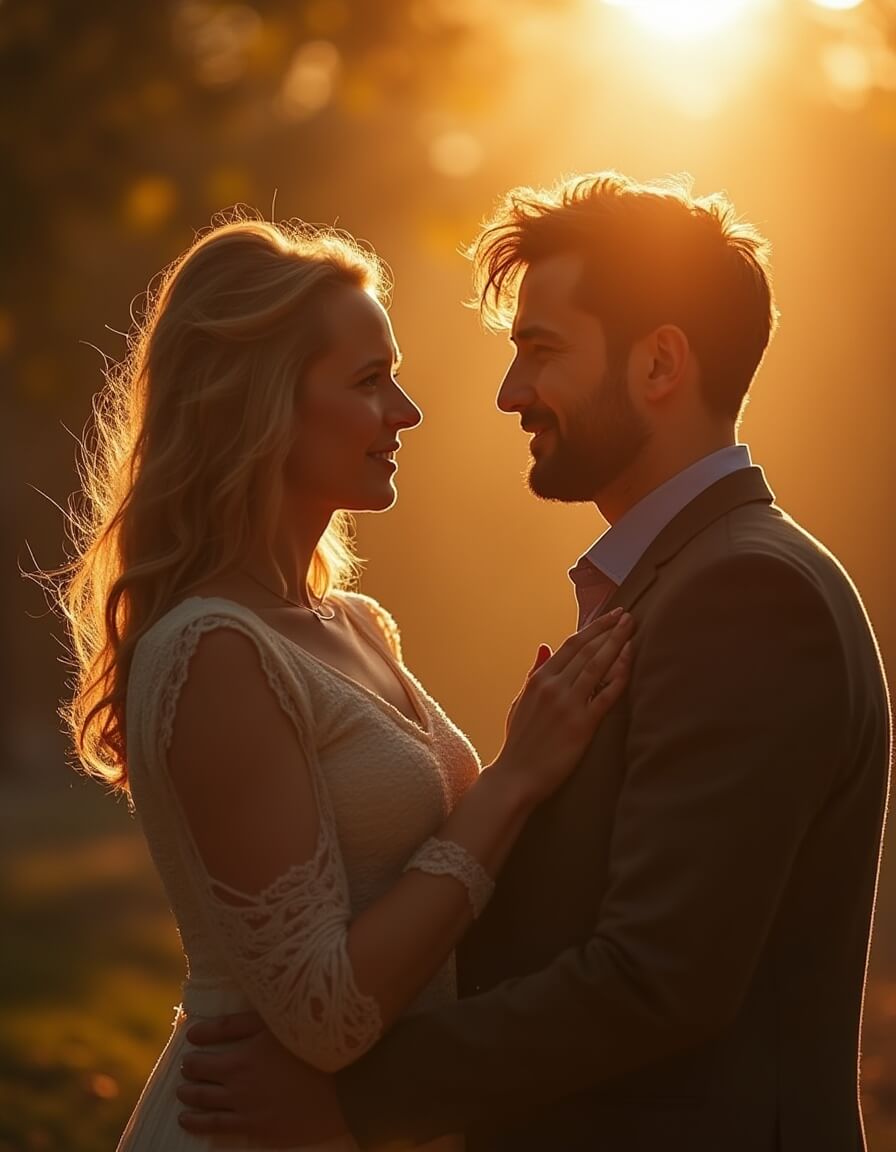Love rarely follows a straight path. Therefore after heartbreak, many people wonder why falling in love again feels completely different, yet equally powerful. This article explores the theory behind that renewed passion, guiding you through the journey from heartbreak to hope. You’ll learn why some find an intense second love, how that kind of love reshapes us, and what signs reveal you’re experiencing it. Ready to dive into this love theory?
What Is Second Love Theory?
Second Love Theory posits that our hearts adapt after heartbreak, preparing us for a new connection. In the second phase of emotional healing, our mind rewires, allowing us to fall in love again with greater self-awareness. Contrary to the first love, which often feels like sudden magic, second love combines passion with maturity. You might feel more secure, more open to vulnerability, and more aware of compatibility. According to psychologists, this theory highlights lessons learned: trust rebuilt, boundaries respected, and emotional resilience gained.
The Journey From First Love to Second Love
Our first love often sets a blueprint: butterflies, idealization, and raw emotion. Yet, not all first love stories last. After loss, we may resist opening our hearts again. However, when we fall in love a second time, we bring wisdom. We feel safer expressing needs. We know what triggers pain and avoid it. That growth paves the way for a healthier bond. By embracing this theory, we recognize that each chapter—first love, heartbreak, healing—prepares us for a deeper connection.
The Science Behind Falling In Love Again
Neurologically, love sparks dopamine and oxytocin surges. In second love, those chemicals work alongside cortisol reduction from past trauma. As you fall in love, your brain echoes past joy but tempers it with caution. You may feel smiles come easier, conversations flow deeper, and trust build faster. Studies show couples in a second love phase report higher emotional intelligence. They understand triggers, communicate needs, and support growth. This blends passion with companionship, creating an intense bond that differs from youthful romance.
Distinguishing Second Love From First Love
How do you tell apart a second love from your first love? First, intensity transforms. While both can be intense, the second is steadier. The first love tends to be youthful and idealistic. The second arrives after heartbreak, teaching us resilience and self-knowledge. You feel passion without losing perspective. Your communication improves: you’re more honest and less idealizing. The third love teaches peace. Compatibility matters more—you seek values alignment over novelty. In the end, emotional baggage becomes lighter; you’ve processed past hurts. Together, these elements form the essence of second love theory in practice.
Intense Emotional Patterns in Second Love
An intense second love often brings vivid emotional patterns. You find joy in simple things — a coffee together, a favorite song, a quiet talk.
You might still feel a flicker of anxiety, but it’s gentler now. Gratitude comes easily as you thank life for the lessons learned. This love feels like overcoming heartache and starting anew. As the connection deepens, bursts of gratitude emerge, reminding you to appreciate how much you’ve learned from past experiences.
Gradually, this kind of love becomes a celebration of resilience — a victory over old heartache. You craft new stories of hope rather than dwell on old pain. And though you might compare moments to your first love, you soon appreciate the depth you now share.
Signs You Are Embracing a Second Love
- Secure Vulnerability: You trust enough to share fears and dreams.
- Emotional Resilience: Upsets pass more quickly; you feel recovery sooner.
- Mutual Growth: You both encourage self-improvement.
- Balanced Passion: Romance coexists with stability.
- Aligned Values: You share life goals, creating a shared vision.
If these resonate, congratulations—your soul is opening again. You’re not simply repeating patterns; you’re authoring a new story filled with wisdom.
Nurturing and Sustaining Your Newfound Relationship
To keep your second love thriving, prioritize communication. Express when you feel joy, confusion, or fear. Schedule regular check-ins. Celebrate small wins—anniversaries, personal accomplishments, day-to-day kindness. Embrace shared rituals: morning walks, cooking together, stargazing. These actions weave trust and passion. Remember, no relationship is perfect. When challenges arise, revisit lessons from past heartbreak. Lean on each other, forgive mistakes, and recommit to growth. This approach ensures your second love remains vibrant and enduring.
Conclusion
Second Love Theory teaches us that love isn’t finite. After a first love, our hearts can heal, adapt, and fall in love again—often more deeply. By understanding the science behind renewed passion, recognizing the unique patterns of second love, and nurturing it with care, we craft a bond that balances intense emotion with mature stability. Embrace this journey. Let your heart write its next chapter—one filled with hope, resilience, and an intense appreciation for love’s second chance.















It’s very well described. I felt it myself….
Its a feeling u want to live forever….